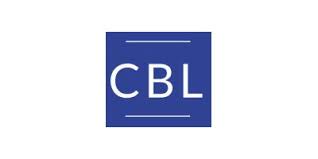
Higher Education Blockchain
Hackathon
Hosted by Parsons
10-11th March
In collaboration with


Decenture is bringing together the student community, universities, businesses and the technology industry to advance the education ecosystem.
Hackathons aim to bring diffuse skillsets together. We invite you to join us to develop ideas into prototypes, expand your knowledge on blockchain and be associated to Decenture’s daring goal of reducing students’ debt. Register on www.decenture.com for a chance to compete.
The Problem
THE CHALLENGE: THE CURRENT STATE OF STUDENT PAYMENTS
Students tuition payments are the backbone of universities revenue. Tuition dollars make up roughly 47 % of revenues for public higher education for example. Yet the infrastructure available for students to make their payments to universities is archaic, fragmented and highly inefficient. This results in unnecessary cost for both students and universities.
Each university publishes on its website how to pay students’ fees and international students usually bear extra burden associated to foreign payments arrangements involving 3rd parties. Payments are convoluted, and this situation often creates a bottleneck at the Bursar, Controllers’ offices. Depending on the university ERP and the integration sophistication, revenue recognition can take days and sometimes much longer. This adds unnecessary stress (and punitive fees) on students as well as crippling admin inefficiencies for the university.
The results of a Decenture nationwide survey reveal that over 50% of students visit the cashier’s office at least 1 time per Term to rectify payments issues. The same survey reveals that the single most damaging & time-consuming task to universities is recognizing and accurately allocating received funds in the ledger. This includes the reconciliation of money received through on-campus terminals.
Subject
Design a DApp on Ethereum ERC20. Its front-end features a wallet that allows students to pay on & off campus expenses (cafeteria, on campus vending machine, university expenses…). The DApp also allows access to university buildings. Students should think about creative ways to utilizing mobile device biometrics for identification. Friendly features allow students to immediately visualize available funds (funds received/funds paid) and make payments using a digital token (StudentCoinTM – a payment processing token in the form of a digital certificate for FIAT currency). The design should be realistic, and showcase features that students are able to access. Participants are invited to think about ease of use, design attractiveness but also the option of integration of social media. How would you name the DApp and its users?
The DApp design process should follow classic App design pattern: Discovery – Analysis – Design – Production
- Part a) Design front-end UI.
- Part b) Design back-end for business logic of smart contracts on Solidity
- Part c) Merge front and back ends; connect HTML browser to backend